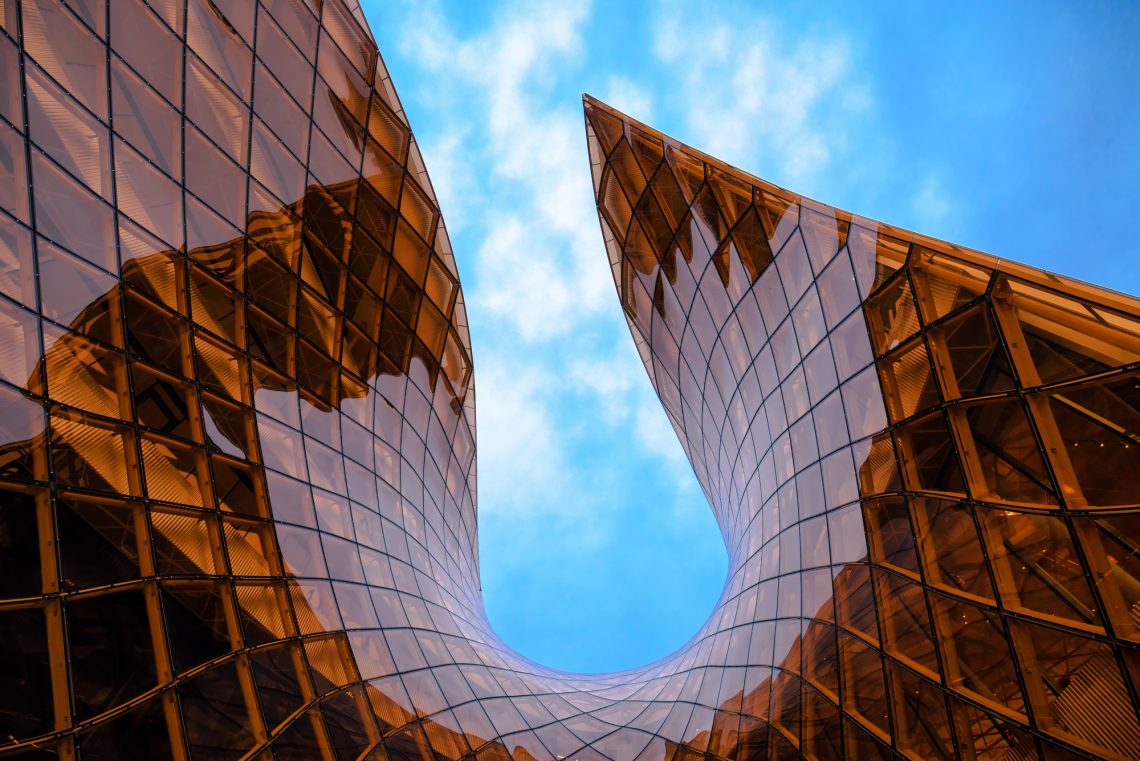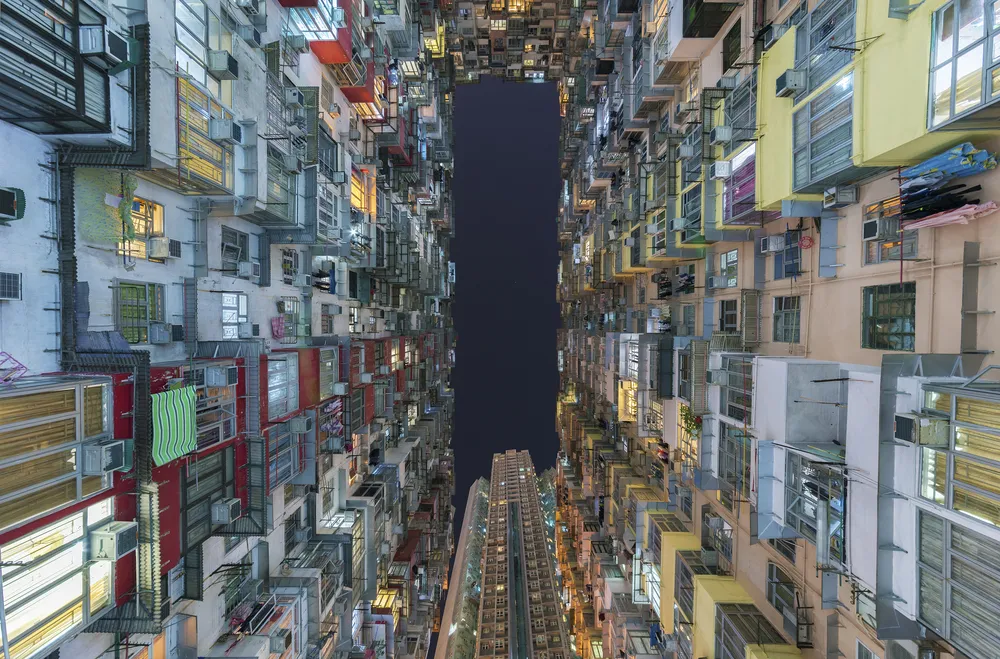Explaining Architectural Photography: Definitions, Examples, and Tips
Architecture is all around us. From old historical buildings to newly constructed skyscrapers, each has its own identity. This means architectural photography can offer an incredible array of opportunities for commercial photographers or photography enthusiasts alike.
Taking off as a way to document surroundings, outdoor architectural photography is one of the oldest genres. Through the years, it has evolved into a form of art, showcasing unique combinations of lines, shapes, and angles. With static and approachable subjects, it’s easy to capture a great shot! That’s why outdoor photography is a popular photography choice for professionals and beginners!
We prepared a guide to take you through the basics of outdoor architectural photography and offer you some examples to look up to. Let’s dive in!
What is architectural photography?
While it’s relatively easy to point your camera at a building, architectural photography is more nuanced than it may seem. It has several different styles:
- Exterior photography captures the outdoors of buildings and may be challenging because of no control over surroundings.
- Cityscape photography deals with urban setups, showcasing the arrangement of buildings. The problem is finding the right spot to showcase the plethora of different structures.
- Interior photography is about shooting indoors and is demanding because of the often limited availability of natural light.
Simply put, outdoor photography is a part of architectural photography that mainly focuses on buildings, but also includes other kinds of structures. It’s less dynamic than any other photography genre, allowing the photographer to take time when it comes to capturing the perfect shot. Sometimes, photographers might have to study a subject’s properties or explore the movement of the light throughout the day. In any case, you need to be prepared!
Top architectural photography tips
1. Find the right gear.
Whether you’re pursuing a career in architectural photography or simply exploring a new photography genre, ensuring you have the right gear is a good way to start. One of the most essential things for outdoor photography is the right lens, since they affect how you capture buildings.
Among widely used architectural photography lenses are the wide-angle and the tilt-and-shift. The first one helps you to put some context into the frame by adding background elements of the building and capturing its overall environment. The second one adjusts the lens angle so you can maintain straight lines and avoid distortion. Zoom lenses are less prevalent in architectural photography, but they also have pros. They allow you to capture details and wider or closer frames without moving, but they don’t always provide a sharp image.
2. Use leading lines.
The simplest way to make a stunning shot is to create leading lines. They direct attention to the point of interest in your image and emphasize the shapes of the building. This creates a nice visual effect for the viewer and makes your photos more appealing.
Different lines and directions have different results, moving the viewer’s eyes throughout the photo. Diagonal lines create a movement effect, horizontal lines radiate calmness, and vertical lines create a feeling of power. No matter what effect you are looking to create, remember to always watch your lines! They can easily get distorted, creating a problem that may not be possible to solve in post-processing.
3. Shoot at various times.
Light is essential for every photography genre — it can dramatically change any image’s mood and meaning. Buildings also look very different depending on the time of day. Try shooting your subject at other times of the day or even weather conditions to capture some striking images!
The night scene of the building will differ from one caught during golden hour — they convey a unique atmosphere and mood. Try visiting a site several times to capture it during sunset or sunrise; you can capture unusual shadows and reflections. Rain, clouds, or even snow can also add to your photo, so don’t limit yourself to shooting only on sunny days.
4. Explore perspectives.
An eye-level shot is the most usual approach for outdoor architectural photos. Although it can help you take nice pictures, if you want to create more visually appealing images, try to shoot from different perspectives. Point your camera upward to create a worm’s eye view, or shoot down from above for a bird’s-eye view. An unusual perspective is also a great way to emphasize details that are not noticeable at first sight.
An aesthetically pleasing composition is the key to getting a perfect picture. You’ll also need to focus on it to minimize distraction within the frame and emphasize the shape of the building.
Top 5 Outdoor Architecture Photographers to Follow
Here are several photographers we highly recommend following if you’re interested in the outdoor architecture genre:
Hélène Binet
View this post on Instagram
Iwan Baan
View this post on Instagram
Matthieu Venot
View this post on Instagram
Fernando Guerra
View this post on Instagram
Purnesh Dev Nikhanj
View this post on Instagram
To wrap it up:
Although outdoor photography is one of the oldest photography genres, photographers constantly come up with new approaches to it. With a bit of practice, you will be able to create magazine-worthy interior pictures. It’s also important to stay up to date with the latest movements and tendencies. Next time you need to shoot architecture, come back to this article to remind yourself of the key simple rules of architectural photography!
Other articles you may find interesting:
Exploring Interior Photography: Essential Tips and Photographers to Follow
How to Capture the Decisive Moment in Photography: Key Principles and Tips
An Ultimate List of 40 Photography Types to Learn and Master












